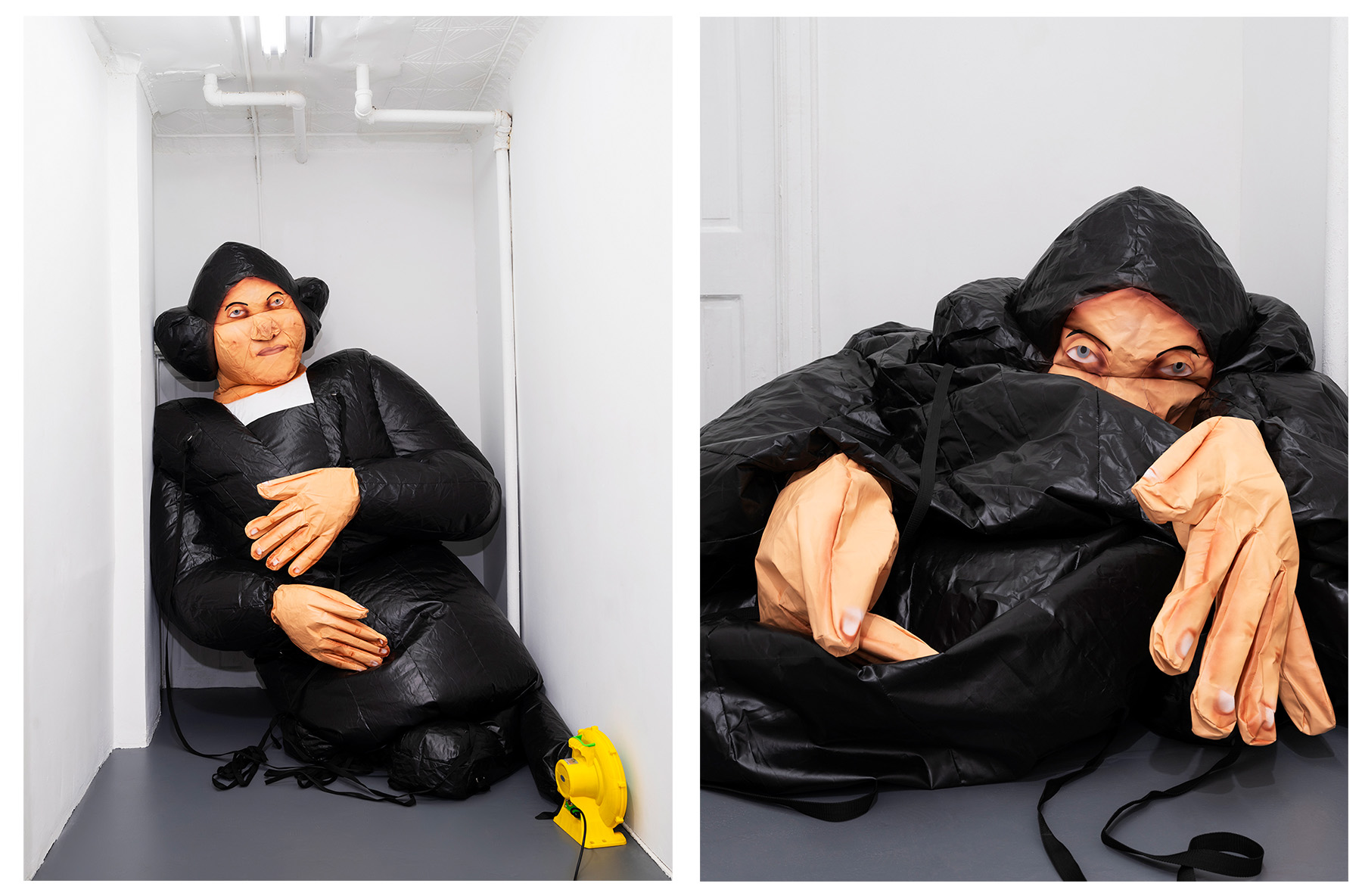We caught up with the brilliant and insightful Jamie Martinez a few weeks ago and have shared our conversation below.
Jamie , looking forward to hearing all of your stories today. What’s been the most meaningful project you’ve worked on?
The most meaningful project I’ve undertaken is my most recent solo exhibition, which took place in May of last year at Ghostmachine Gallery in New York City. At the heart of the show was a 15-foot inflatable—and deflatable—sculpture of Christopher Columbus. Conceiving and executing this work required designing an imposing figure and overseeing its fabrication without knowing for certain how it would appear or whether it would function as envisioned.
This performative sculpture engages with the dominant mythos of conquest and triumph that has long eclipsed Indigenous narratives across the Americas. Columbus stands as a symbol of colonial glorification, but the piece invites viewers to look beyond the celebratory façade and confront the unsettling legacies that lie beneath.
The most potent moment comes with the sculpture’s deflation—a deliberate act that subverts the conventional image of the ever-triumphant conquistador. In its collapse, the piece gestures toward a reimagined historical arc, one that centers Indigenous perspectives and interrogates the endurance of colonial mythologies.
In the end, everything came together seamlessly, and the performance proved to be both powerful and resonant.
Jamie , before we move on to more of these sorts of questions, can you take some time to bring our readers up to speed on you and what you do?
I got into contemporary art through my brother who is a talented artist, so I grew up watching him, then after moving to NYC, I hung out with a bunch of artists who eventually influenced me into exploring this human activity as a way to grow and to express my deepest emotions and visions.
Each series I create emerges from a distinct vision—an intuitive response to historical research, personal experience, spiritual insight, or transitioning into the afterlife. These visions dictate the materials, forms, and processes best suited to communicate the underlying theme, ensuring that each body of work remains unique in its execution. Some series take on sculptural or installation-based forms, incorporating raw, organic materials to evoke labor, ritual, and indigenous craftsmanship. In contrast, others rely on participatory elements to foster communal engagement and lived experiences. The conceptual framework guides my decisions through the meticulous deconstruction of colonial narratives, the reassembly of fragmented histories, or the integration of labor and machines. In this way, the physical manifestation of each work is not predetermined by a singular style. Instead, it adapts fluidly to the message it seeks to convey, allowing the art to become a vessel for the vision itself.
What do you think is the goal or mission that drives your creative journey?
Yes, it is art itself, or whatever this energy is, the one that drives us artists and challenges us to create visual conversations about important subjects, artistic dialogs and conversations around this unique energy that drives us creatives. My main mission is to stay as pure as possible to the vision and to execute the work to bring this vision into reality.
How can we best help foster a strong, supportive environment for artists and creatives?
That is a great question. I am intrigued of how other creatives answer this. Society, in way is the force that actually stops us from following this artist path. Remember that when we are children, we were all artists. This is what we need to keep alive and not let society itself deconstruct it with daily life issues, responsibility and work. I believe we are the ones who need to create this ecosystem because if we don’t then no one will.
Contact Info:
- Website: https://jamiemartinezstudio.com/
- Instagram: https://www.instagram.com/jamiemartinezstudio/

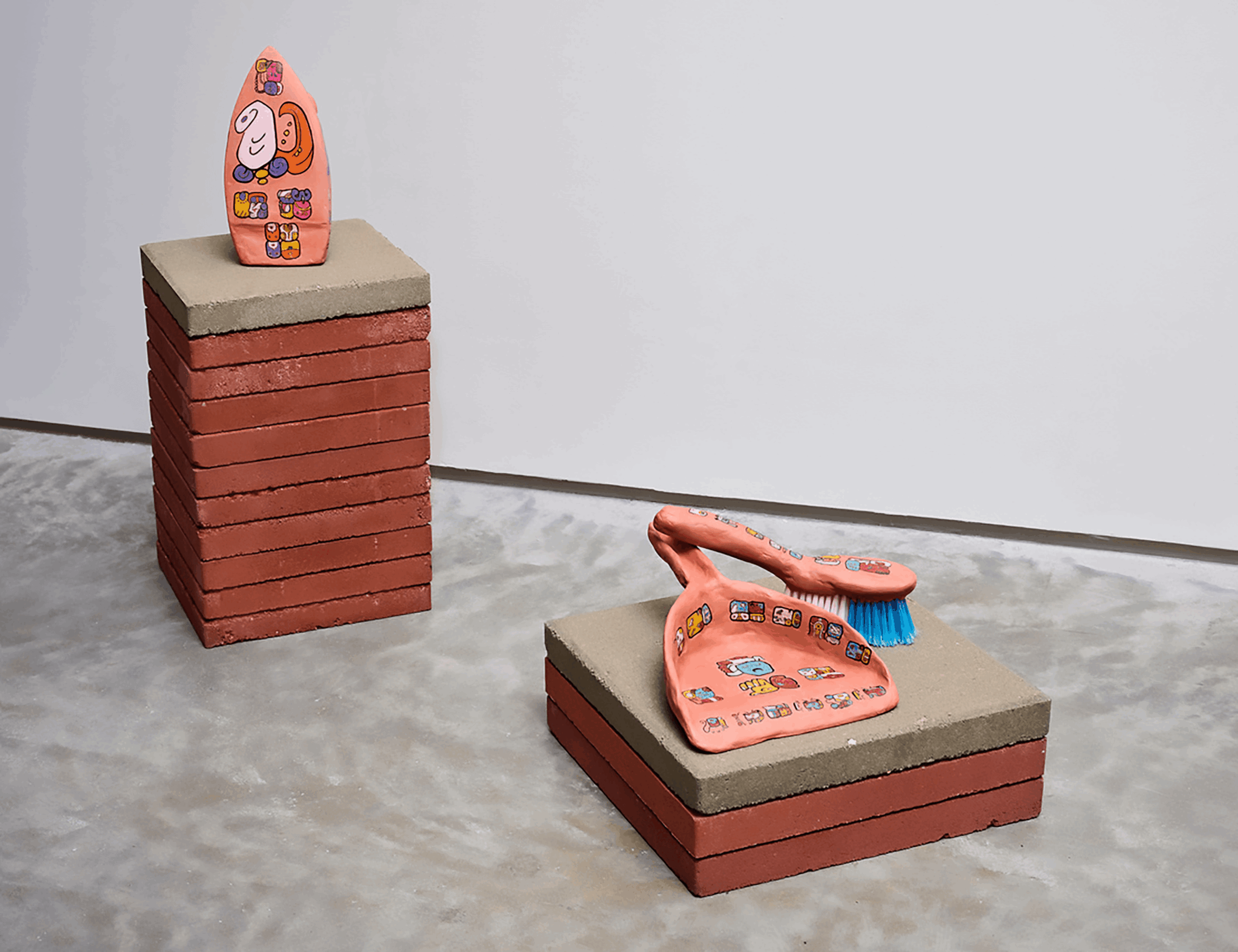
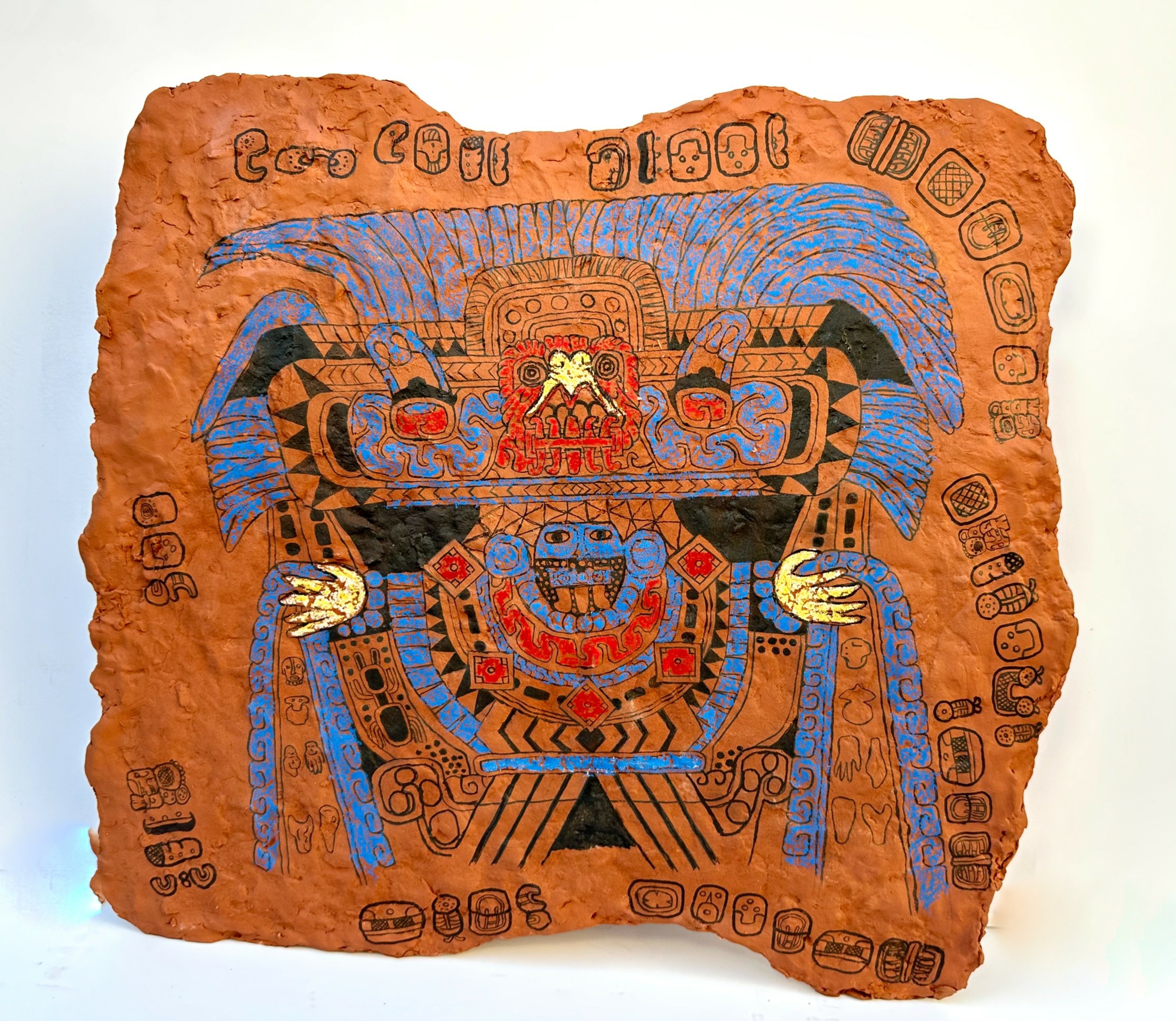
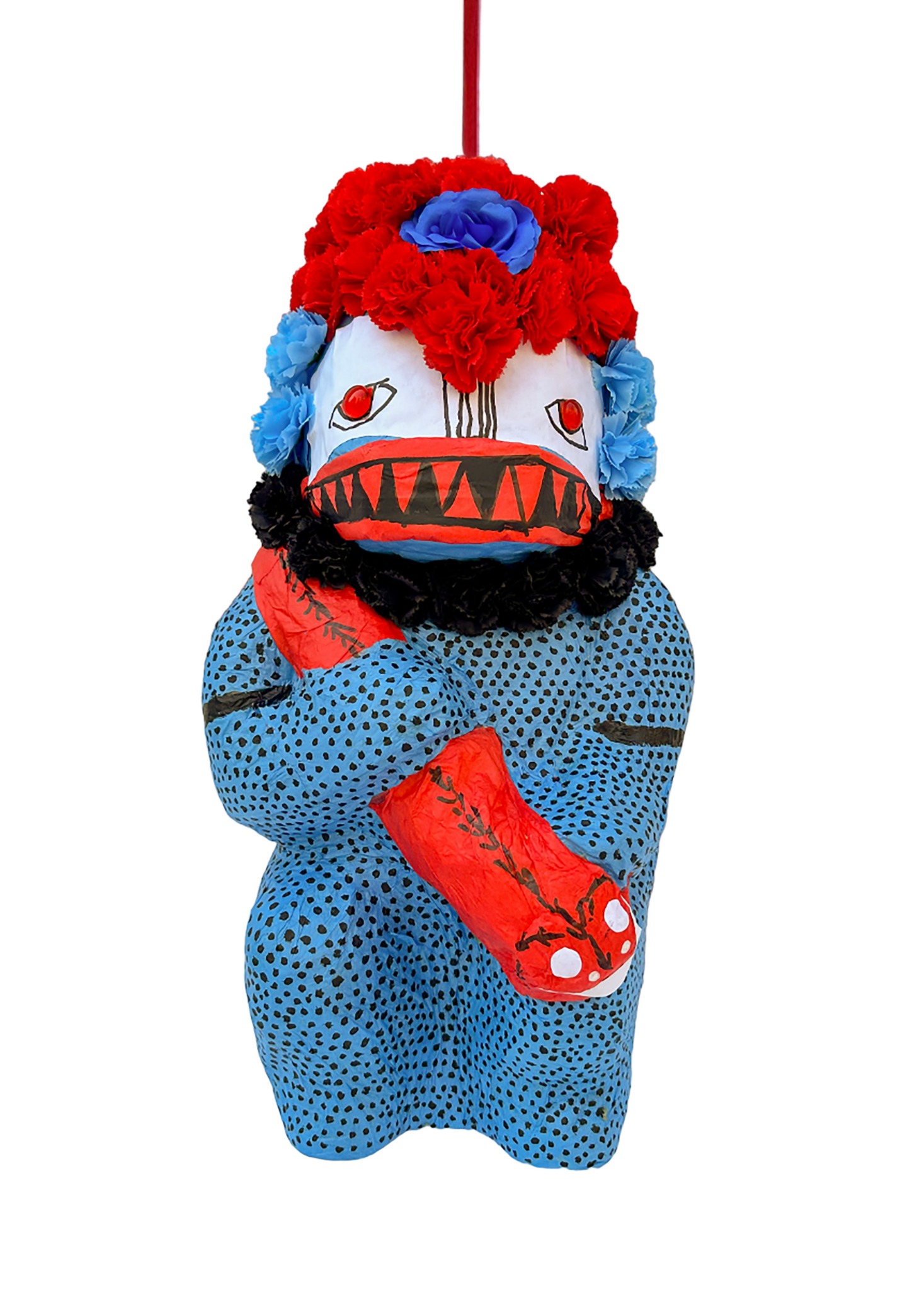

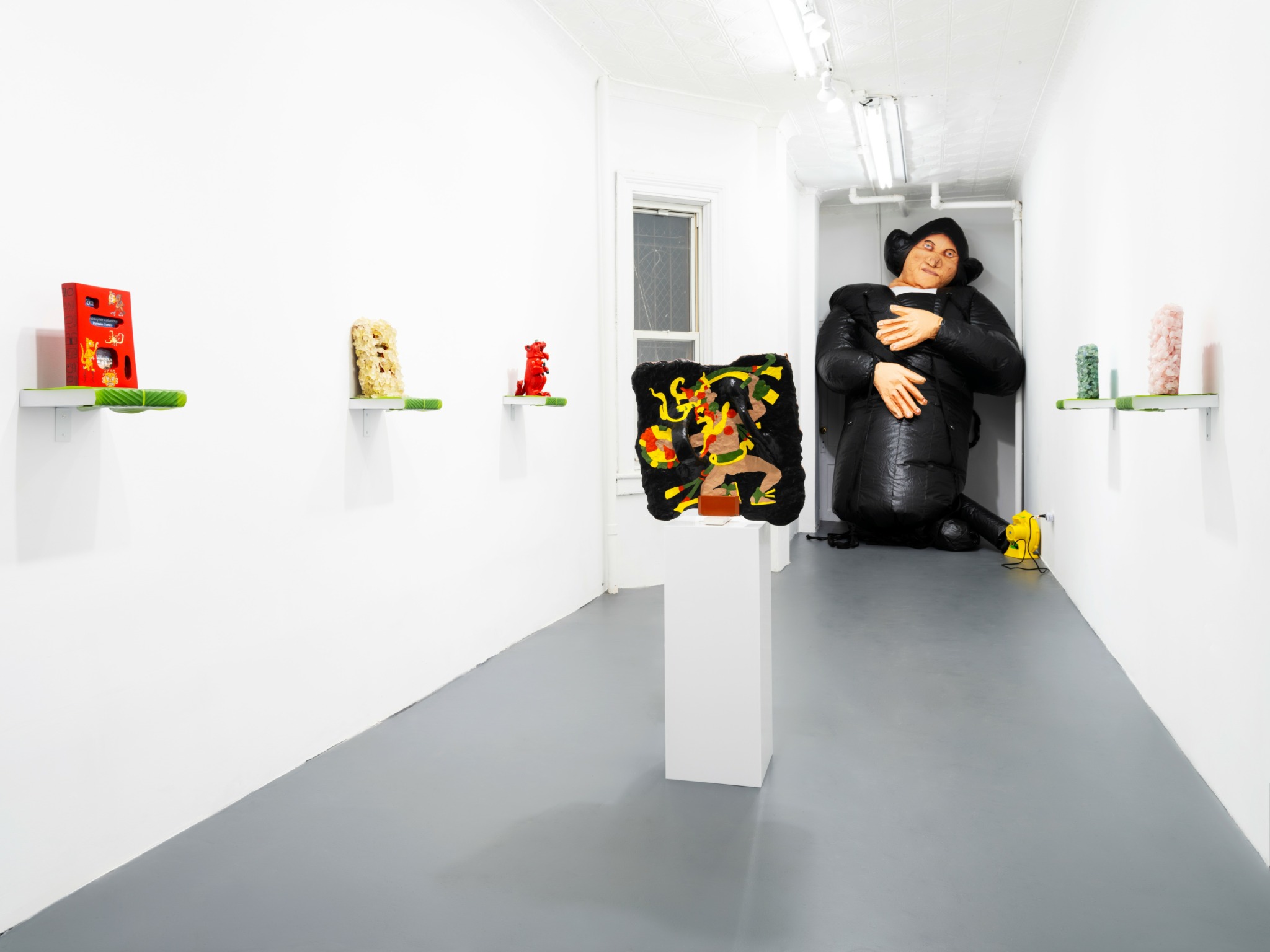
Image Credits
All images are copyrighted by Jamie Martinez Studio.


